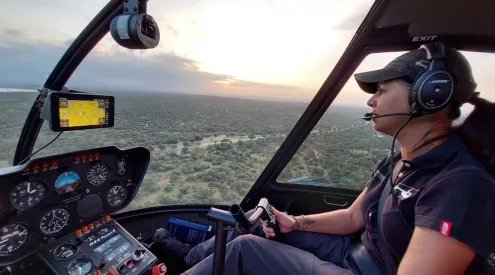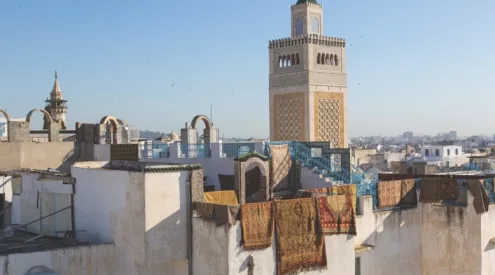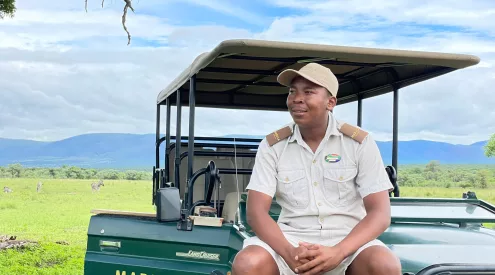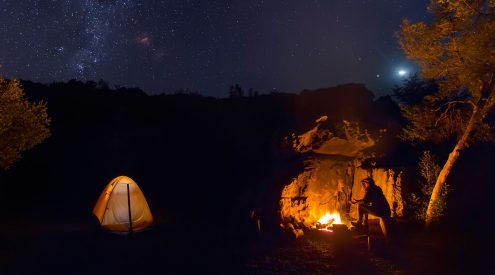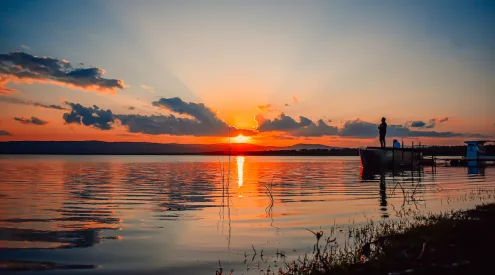I’m in the Kruger National Park on assignment for Getaway visiting all the campsites, lodges and accommodation options in the park. It’s a big job, but by the end of it I’ll have a list of all them (see them all here: Kruger accommodation reviews) and, more importantly, an idea of what you can expect to find there in terms of accommodation, food, amenities, animals, mobile reception and highlights. I’ve slowly been moving further into the northern region of the park, and have just stopped at Letaba Rest Camp to find out why it’s the family favourite.
Letaba Rest Camp
All the camps in the northern region of the park feel as if they’re very remote. But at Letaba you won’t even know that you’re in the middle of nowhere, because it’s such a large camp with so much to do. Situated alongside the Letaba River, the camp boast loads of benches from which to watch waterbuck, hippo and crocodile in the water. Around sundown, these benches are packed out. You can have drinks served to you there, even though the viewing area sits on the outside of the restaurant.
The accommodation at Letaba Rest Camp
The majority of Letaba’s self-catering bungalows are the same as in most of the Kruger camps: round with thatched roofs and kitchenettes on the sheltered porch. Some have shared kitchens. All the bungalows walk out onto shady grass, although some are positioned in circles and others run along the river’s edge. Letaba has more family units and private guesthouses than many of the other camps, making it ideal for family vacations.
The campsite at Letaba has electricity and runs along the fence furthest from the river. The ground coverage is mostly sandy, but the area has lots of trees under which to park the caravan or pitch the tent. Letaba also has quite a number of safari tents, if you’re looking for something in between camping and bungalows.
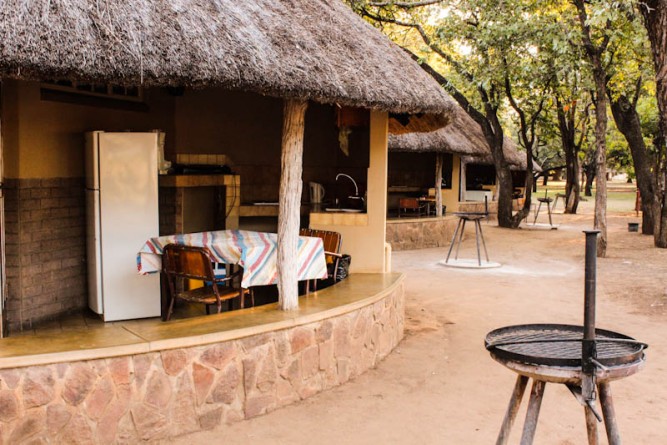
While some of the bungalows have the fridge on the inside, others don’t and you’ll have to find a way to keep your food safe from the monkeys.
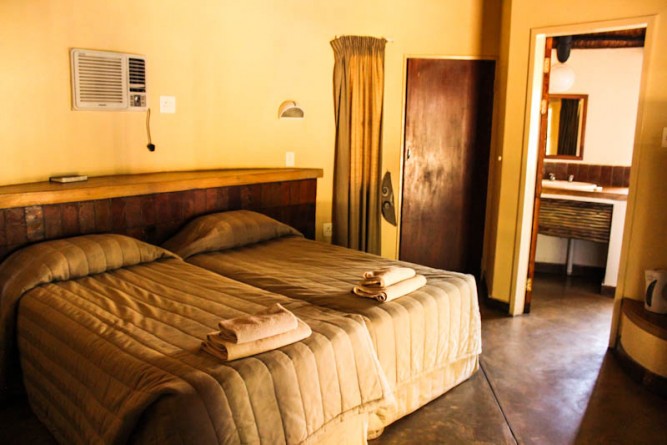
How the inside of a bungalow at Letaba looks. A two-sleeper, that is. This one has the fridge on the inside, safe from monkeys.
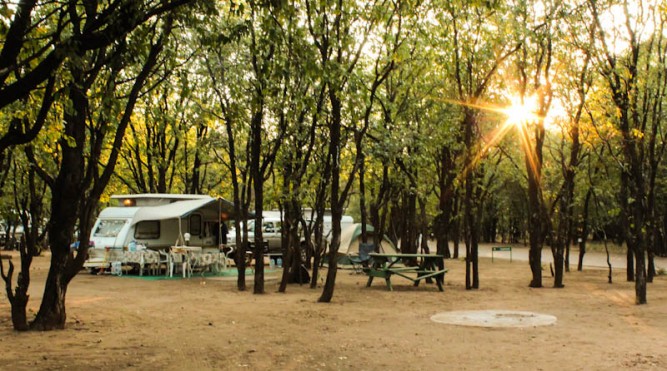
More to the middle of the campsite, you’ll be surrounded by these trees, creating a bit of a forested feel
The best spots
Finding a bungalow with a river view is the ultimate treat at Letaba, as there’s nothing but grass, trees and a fence between you and the beautiful river. Bungalows 32–37 and 59-64 are the closest you’ll get to the river, while bungalows 38-58 are a little further away from the fence, grouped in a large semi-circle. Family units 101-110 have lots of trees and grass in front of them where the kids can play and all of them have river views.
In the campsite, there is a strip of spots that run along the fence. These are quite narrow, so if you need a lot of space then a spot toward the middle of the camping area might be best.
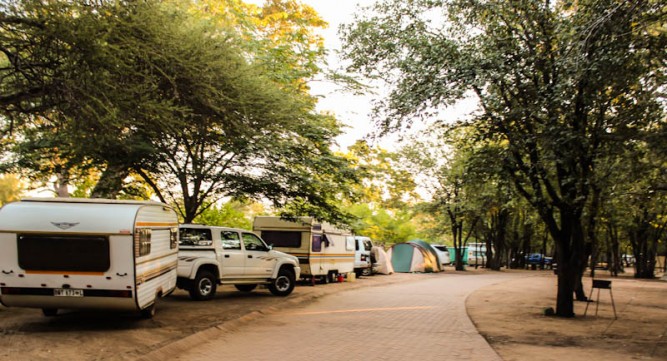
Most people prefer the campsites that run along the fence, even though they’re quite narrow. They merely turn their back on the world and position their camp chairs so that the bush beyond the fence is their front garden.
The animals at Letaba
The north of the Kruger is not known for boasting as many animals as the south and central regions. This is due to the fact that the entire area is dominated by mopani veld. The bush is much more dense here and fewer animals prefer this habitat. That being said, you’ll still find all the animals that live in the south in these parts as well. You just have to look a little bit harder.
Letaba is not known for big cats, but the area from the camp heading north on the main road up to the high level bridge (six-kilometres in length) has quite a bit of leopard activity. Buffalo and elephant also enjoy the mopani veld a lot, so look out for them, and waterbuck are easily spotted along the river. If you drive further north along the main road, you can look out for secretary birds and kori bustards, two rather large species of birds. Southern ground hornbills are also present in the area, although they are quite rare. If you are adamant about spotting lion and rhino, perhaps take a day to drive down to Satara where the plains are more open and animals more prolific.
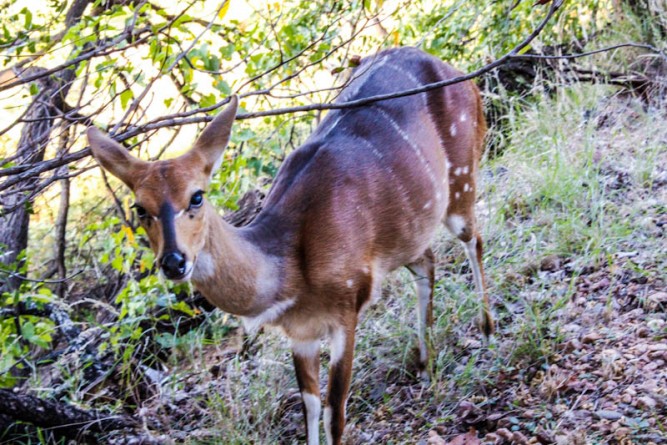
There are many bushbuck that call Letaba there home. They roam the grassy areas of the camp and have come quite accustomed to the guests.
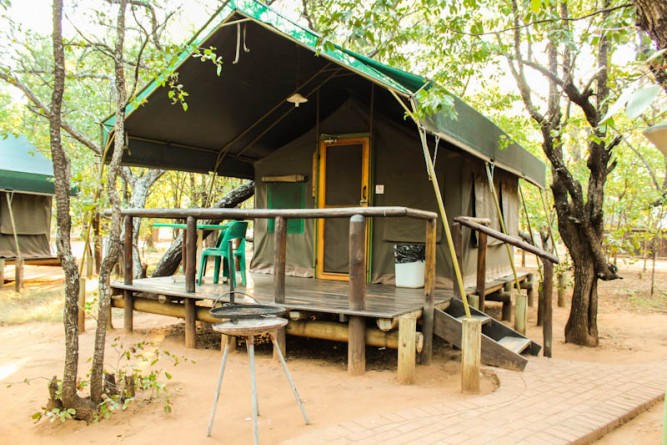
The safari tents almost form a bush campsite of their own, hidden between lots of trees.
The food
Letaba’s restaurant isn’t on the very edge of the river like you’ll find at some of the other riverside rest camps, but you can still enjoy some beautiful river views from the outside area. The only difference is that there’s a broad walkway and some benches separating you from it. The menu here is the same as at the other camps, so choose from sandwiches, pizzas, classic breakfasts and grills. You can order from the same menu at the canteen, where you can take your meals away. Inside the restaurant there’s a television and some comfortable sofas where all major sports games are usually broadcast.
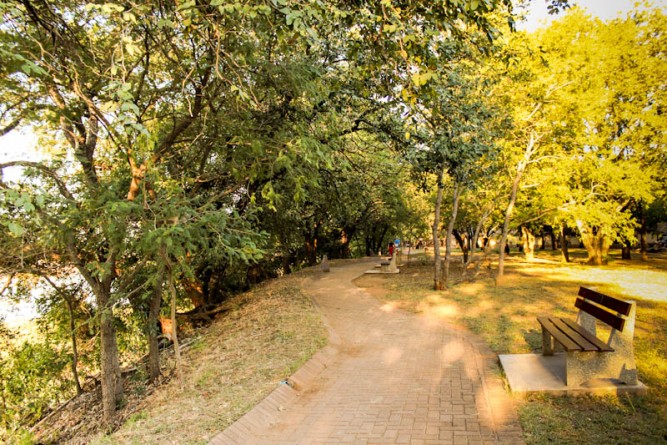
There’s a nice paved pathway that runs all along the river and sometimes dips down so that there’s only a fence between you and the water.
Highlights
The Letaba high level bridge is found driving north from the camp for about six kilometres. Although not as long as the Olifants high level bridge, you can still get out of your car along the middle and look across both sides of the river.
At the Elephant Hall at the Environmental Education Centre just beside the restaurant you can see the tusks, skeletons and one full-size carcass of some of the elephants that lived in the park in years gone by. The kids will love it and you’ll be amazed at how large these animals really are.
If you’re in the mood for a lazy day, drive out to the Matambeni Bird Hide, sit back and watch the birds and hippos frolicking in the water. Just after crossing the high level bridge, turn right onto the S47 and continue for another 5km. Buses and caravans aren’t allowed at the bird hide and, seeing as it’s the only one in the area, it might be a little bit crowded, but still lovely.
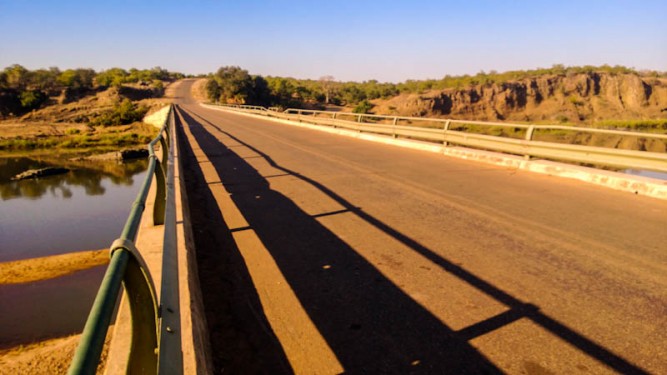
The high level bridge that runs over the Letaba River
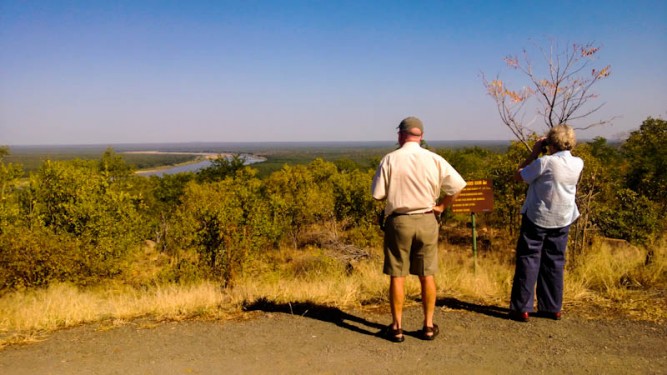
You’ll Longwe Lookout at the end of the S62 – the same road on which you’ll find Matambeni Bird Hide.
Getting there
Letaba Rest Camp is easily accessible from the Phalaborwa Gate of the park as you simply follow the tar road from the gate heading east for just over 50km. Olifants Rest Camp is the closest, 23km to the south, Satara Rest Camp is about 70km south and to the north you’ll find Mopani Rest Camp, 43km away.
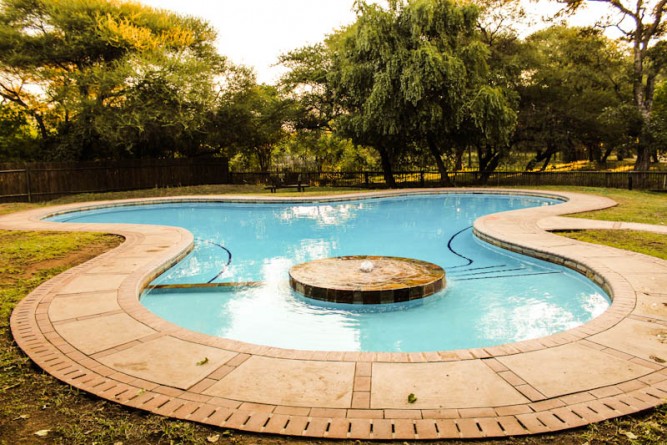
Letaba boasts two swimming pools. One inside the camp, reserved for overnight visitors, and one inside the public picnic area. Both have this interesting shape.
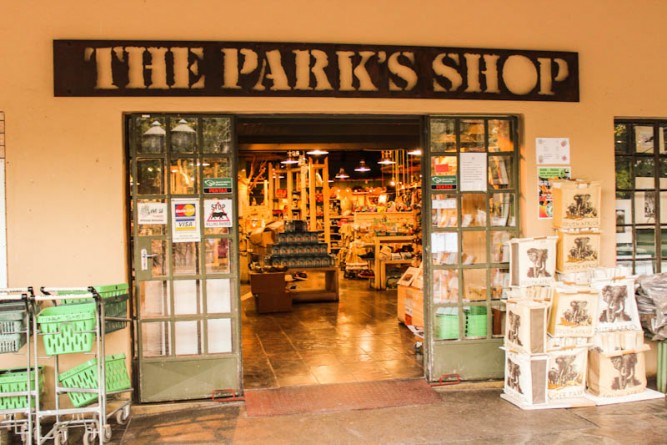
The Park’s Shop at Letaba is strangely removed from the restaurant and canteen, but it’s much closer to the campsite and public picnic area.
Nitty gritty
ATMs: Yes, an FNB ATM is found at the shop
Credit card facilities: Yes
Mobile reception: Great
Book a stay at Letaba Rest Camp
Find more accommodation in Kruger







